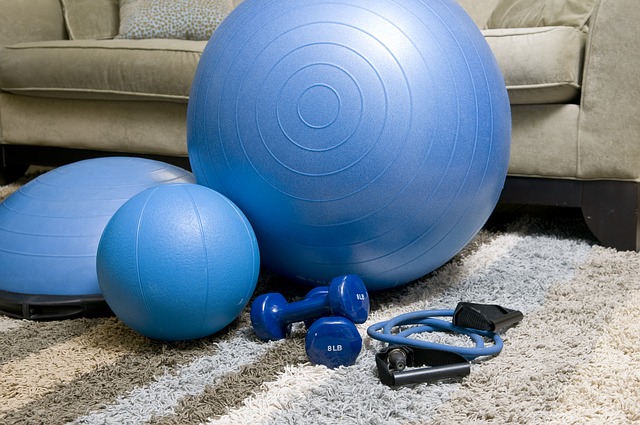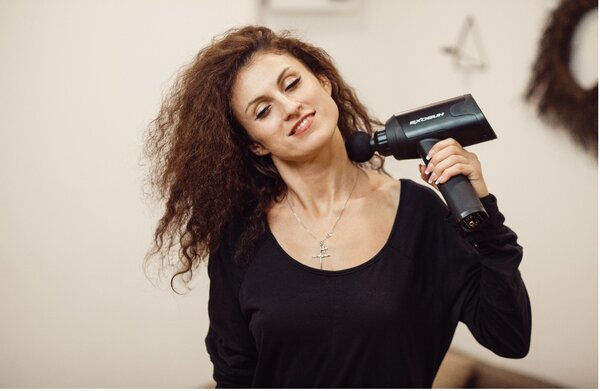People who are new to golf sometimes underestimate the physical side of the game. Golf can provide great exercise, from walking from hole to hole, through the repetitive movement of the golf swing, and carrying your clubs around the course. However, like with most physical activity, strains and injuries are possible. This guide will give you an outline of common injuries, as well as some top tips for combatting them.
Back Pain
You can suffer from back pain whether you play sports or not, but golfers can be more prone to back pain. Golf is mainly a game of muscle memory and the repetitive motions can cause back pain, primarily in the lower back. Overdoing rotational swing practice can cause stress and tension between the shoulder blades.
Back pain and injury can be prevented by practising good techniques and by ensuring that you stretch before teeing off, which will help you limber up before starting on your game. Other things you can do include staying active when you’re off the course, as well as taking up yoga and pilates for muscle strengthening.
If you do get a back injury, the best thing you can do is get lots of rest and give your muscles time to repair themselves. For severe and ongoing back pain, deep tissue massages can be beneficial. More golf players are incorporating specially-designed CBD oil designed for golfers (like Darren Clarke CBD) into their routine, because its natural anti-inflammatory properties are said to help relieve pain, reduce the effects of injuries and aid recovery.
Rotator Cuff Injury
The rotator cuffs are located in the shoulders and are classed as the four stabilising muscles. When you are suffering from an injury in your rotator cuff, it will typically feel like a pinching sensation due to the muscles tearing or swelling.
Making sure you stretch and do some mild strength training can help prevent rotator cuff injuries and help to correct good form. The best way to recover from a rotator cuff injury is to regularly apply ice packs to the area until the swelling has reduced.

Golfer’s Elbow (Tendonitis)
Tendonitis in golfers usually relates to irritation and inflammation in the elbow. It commonly happens when you put a strain on your elbow during your golf swing. Golfer’s Elbow develops because of the overuse of the tendon involved, so try and prevent doing this. It is best practice to change up your routine and give your elbows and arms a break.
Like back pain, the best way to recover from tendonitis is to rest. Once recovered, working on your golf swing can help prevent tendonitis in the future. You can also use a compression bandage or a counterforce brace to help distribute the tension through muscle and tendon instead of focusing on the injury site.
Wrist Pain
Tendonitis can also occur in your wrists. It can develop when the wrists get put under stress from overuse during swinging and gameplay. In severe cases, it can stop you from playing golf, as it can affect you from holding a golf club correctly. When not on the green, it would be beneficial to do some simple wrist exercises and stretches every day.
Knee Pain
Injuries to your knees are common amongst golf players and should always be dealt with quickly. It is very easy to end up putting a lot of pressure and stress on a weak knee when rotating your hips at the start of a swing. It is best to speak to your doctor, who can prescribe a suitable treatment after finding a diagnosis.
In general, it is vital to stretch, keep yourself healthy and exercise outside of playing golf to help avoid getting injured. But injuries do happen, and if you do get injured, please take however long you need to fully recover before going back to the green because you don’t want to risk making your injury worse.
*collaborative post



